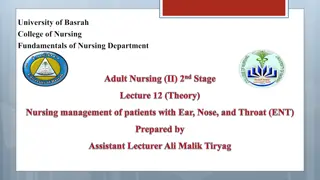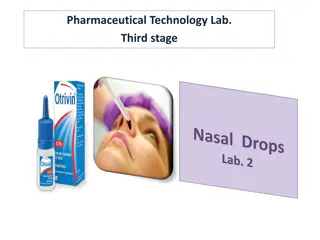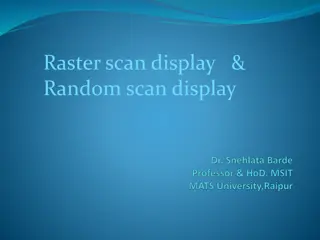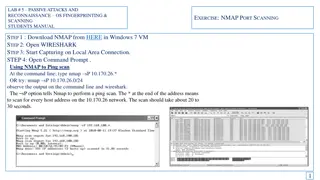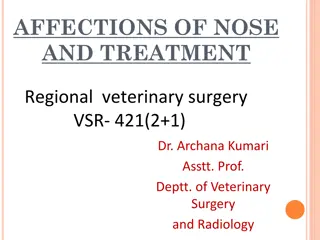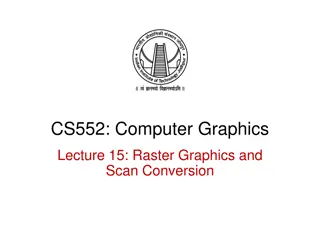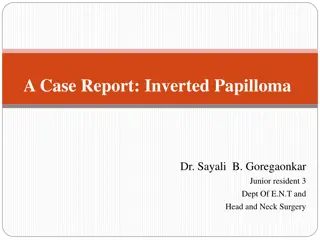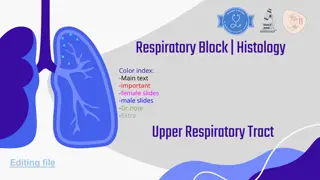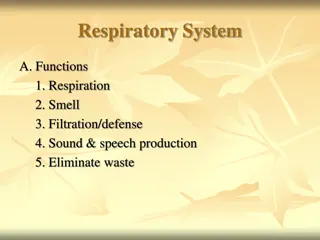Nasal and Paranasal CT Scan Essentials
In this material, Prof. Ehab Taha Yaseen discusses radiology basics and the importance of studying CT scans, focusing on windowing techniques, tissue density measurements, and different window settings for specific tissues like soft tissue and bone. The content also includes visuals of CT scan series and examples for better understanding.
Download Presentation

Please find below an Image/Link to download the presentation.
The content on the website is provided AS IS for your information and personal use only. It may not be sold, licensed, or shared on other websites without obtaining consent from the author.If you encounter any issues during the download, it is possible that the publisher has removed the file from their server.
You are allowed to download the files provided on this website for personal or commercial use, subject to the condition that they are used lawfully. All files are the property of their respective owners.
The content on the website is provided AS IS for your information and personal use only. It may not be sold, licensed, or shared on other websites without obtaining consent from the author.
E N D
Presentation Transcript
Nasal and Paranasal CT scan in asymptomatic patient b b Prof. Ehab Taha Yaseen Head of Department of Surgery, College of Medicine, Mustansiriyah University Head of Al-Mustansiriyah Teaching Center of Postgraduate Study in Otorhinolaryngology Member of IHS
AGENDA -Radiology basics -To study a series of CT scan
Windowing Windowing Tissue density is measured in Hounsfield units (HU). The HU value of a certain pixel can be ascertained by moving the cursor over it. This is useful when determining the composition of a mass, or determining whether fluid is blood. Density of tissues on CT: Air < Fat < Fluid < Soft tissue < Bone < Metal (A way to remember this: Fat floats on water, so is less dense than fluid; Air = 1000 HU Lung 500 HU (partially air, partially soft tissue) Fat 50 HU (slightly less dense than simple fluid) Water = 0 HU Soft tissue (& blood) +50 HU (slightly more dense than simple fluid) Bone +1000 HU (much more dense)
A A level level and a and a width width are defined are defined For example, a window with a level of For example, a window with a level of 0 0 HU and a width of 400 400 HU will have a range of HU will have a range of 200 200 HU to + with a density of with a density of 200 200 HU or less will be black, and any HU or less will be black, and any tissue with a density of + tissue with a density of +200 200 HU or more will be white HU and a width of HU to +200 200 HU. Any tissue HU. Any tissue HU or more will be white
Soft Soft tissue window tissue window A soft tissue window is used to view most organs. A soft tissue window cannot be used for lung parenchyma, as lung density ( 500 HU) is outside range and will appear completely black.
Bone Bone window window A bone window is used to view bone detail. There is good differentiation within the range of high densities found in the bony cortex and medulla.
CT of Young Adult patient Open MicroDicom


